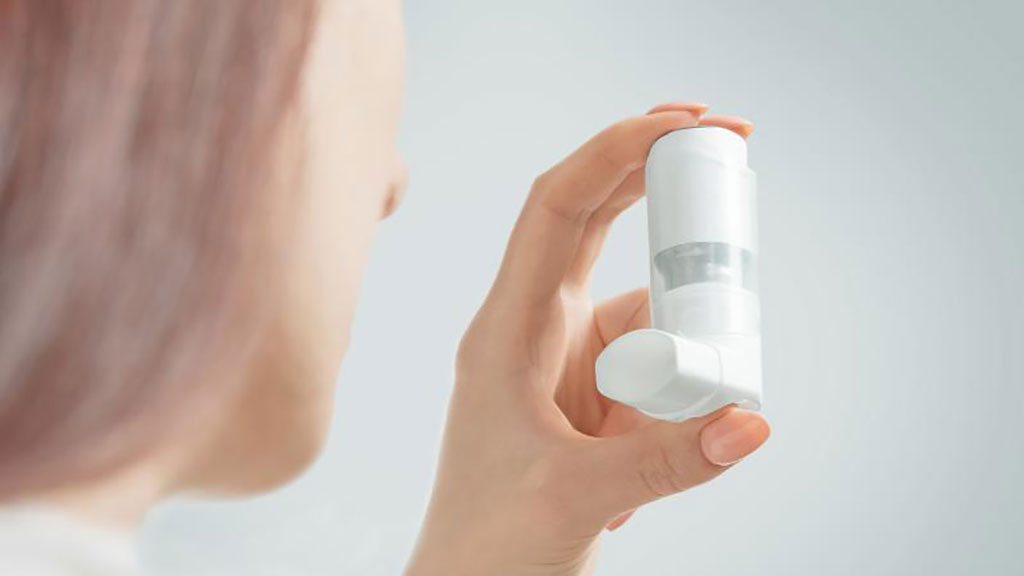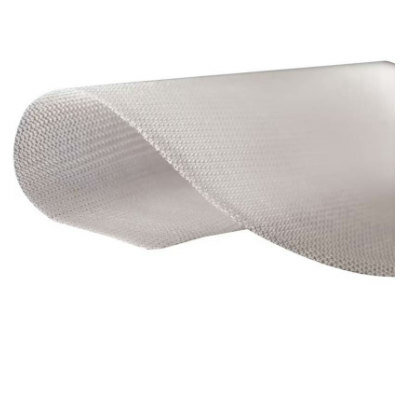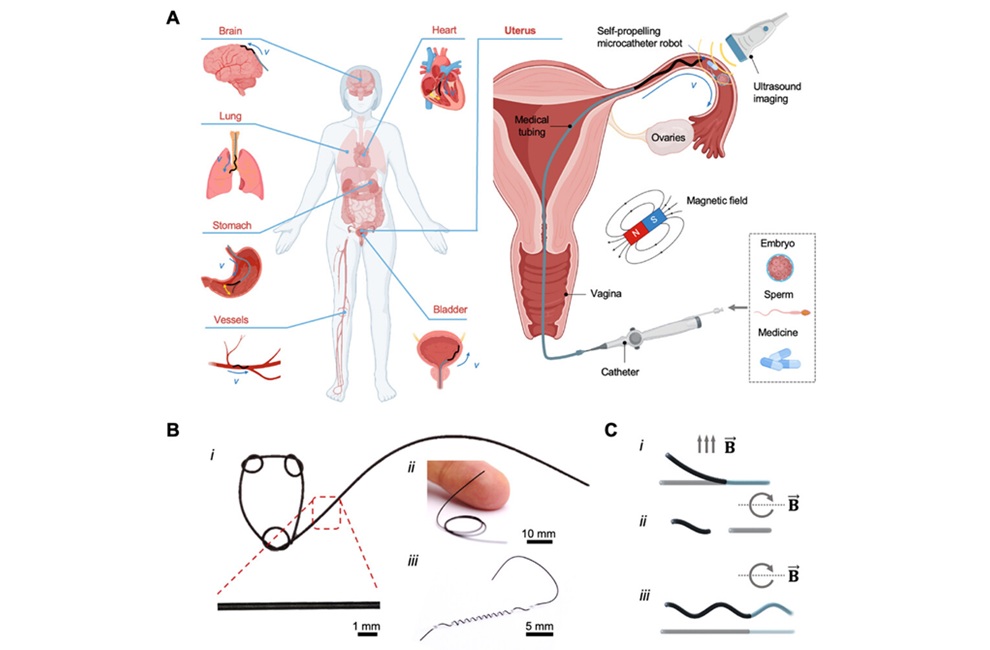Asthma Medicine Hailed as Effective Treatment for COVID-19
|
By HospiMedica International staff writers Posted on 13 Jul 2020 |

Image: Asthma Medicine Hailed as Effective Treatment for COVID-19 (Photo courtesy of Queensland University of Technology).
Budesonide, a medicine used to help prevent the symptoms of asthma, is being touted as the “silver bullet” for COVID-19.
Budesonide, a corticosteroid or steroid, reduces the severity of asthma attack by preventing inflammation in the lungs and can be inhaled directly to the lungs using a nebulizer. Daily use of inhaled budesonide reduces the number and severity of asthma attacks, although it cannot provide relief from an asthma attack that is already underway. Dr. Richard Bartlett, a US doctor, believes that budesonide, otherwise known as the brand name Pulmicor, can successfully treat the coronavirus. Dr. Bartlett claims to have used inhaled, generic budesonide to cure several COVID-19 patients who have vouched for his treatment.
Now, researchers from the Queensland University of Technology (QUT Brisbane, Australia) and the University of Oxford (Oxford, UK) are collaborating to test common asthma inhalers as a treatment for COVID-19 infection. The STOIC (STerOids In COVID-19) trial will look at whether asthma inhalers given to people with early stage COVID-19 can reduce progression of respiratory illness and cut emergency department presentations and hospital admissions. Some patients will be given budesonide, while others will be given a placebo. Recruitment for the trial has begun and the researchers will be coordinating trial data analysis, modelling of pathological mechanisms and building COVID-19 maths models to explain and use the clinical trial data to optimize patient treatment. Mathematical modelling by the STOIC study team suggests that the earlier the inhaled steroid treatment is applied, the more people can be stopped from becoming sick.
“Ideally it may be that the corticosteroid therapy would be given to anyone with a new, dry cough, and while they are awaiting their COVID test results,” said associate Professor Nicolau, from the QUT Science and Engineering Faculty School of Mathematical Sciences.
Related Links:
Queensland University of Technology
University of Oxford
Budesonide, a corticosteroid or steroid, reduces the severity of asthma attack by preventing inflammation in the lungs and can be inhaled directly to the lungs using a nebulizer. Daily use of inhaled budesonide reduces the number and severity of asthma attacks, although it cannot provide relief from an asthma attack that is already underway. Dr. Richard Bartlett, a US doctor, believes that budesonide, otherwise known as the brand name Pulmicor, can successfully treat the coronavirus. Dr. Bartlett claims to have used inhaled, generic budesonide to cure several COVID-19 patients who have vouched for his treatment.
Now, researchers from the Queensland University of Technology (QUT Brisbane, Australia) and the University of Oxford (Oxford, UK) are collaborating to test common asthma inhalers as a treatment for COVID-19 infection. The STOIC (STerOids In COVID-19) trial will look at whether asthma inhalers given to people with early stage COVID-19 can reduce progression of respiratory illness and cut emergency department presentations and hospital admissions. Some patients will be given budesonide, while others will be given a placebo. Recruitment for the trial has begun and the researchers will be coordinating trial data analysis, modelling of pathological mechanisms and building COVID-19 maths models to explain and use the clinical trial data to optimize patient treatment. Mathematical modelling by the STOIC study team suggests that the earlier the inhaled steroid treatment is applied, the more people can be stopped from becoming sick.
“Ideally it may be that the corticosteroid therapy would be given to anyone with a new, dry cough, and while they are awaiting their COVID test results,” said associate Professor Nicolau, from the QUT Science and Engineering Faculty School of Mathematical Sciences.
Related Links:
Queensland University of Technology
University of Oxford
Latest COVID-19 News
- Low-Cost System Detects SARS-CoV-2 Virus in Hospital Air Using High-Tech Bubbles
- World's First Inhalable COVID-19 Vaccine Approved in China
- COVID-19 Vaccine Patch Fights SARS-CoV-2 Variants Better than Needles
- Blood Viscosity Testing Can Predict Risk of Death in Hospitalized COVID-19 Patients
- ‘Covid Computer’ Uses AI to Detect COVID-19 from Chest CT Scans
- MRI Lung-Imaging Technique Shows Cause of Long-COVID Symptoms
- Chest CT Scans of COVID-19 Patients Could Help Distinguish Between SARS-CoV-2 Variants
- Specialized MRI Detects Lung Abnormalities in Non-Hospitalized Long COVID Patients
- AI Algorithm Identifies Hospitalized Patients at Highest Risk of Dying From COVID-19
- Sweat Sensor Detects Key Biomarkers That Provide Early Warning of COVID-19 and Flu
- Study Assesses Impact of COVID-19 on Ventilation/Perfusion Scintigraphy
- CT Imaging Study Finds Vaccination Reduces Risk of COVID-19 Associated Pulmonary Embolism
- Third Day in Hospital a ‘Tipping Point’ in Severity of COVID-19 Pneumonia
- Longer Interval Between COVID-19 Vaccines Generates Up to Nine Times as Many Antibodies
- AI Model for Monitoring COVID-19 Predicts Mortality Within First 30 Days of Admission
- AI Predicts COVID Prognosis at Near-Expert Level Based Off CT Scans
Channels
Critical Care
view channel
Soft Robots Could Donate Their Heart to Humans
Heart failure is a growing global health burden, and existing artificial hearts and mechanical pumps often fall short of long-term clinical needs. Many current devices rely on rigid components and complex... Read more
Bioadhesive Strategy Prevents Fibrosis Around Device Implants on Peripheral Nerves
Peripheral nerves connect the brain and spinal cord to muscles, organs, and sensory systems, making them key targets for treating neurological and systemic diseases. However, implantable bioelectronic... Read moreSurgical Techniques
view channel
Minimally Invasive Surgery Proven Safe and Effective for Complex ‘Whipple’ Procedure
Tumors of the pancreatic head often require a highly complex operation known as pancreatoduodenectomy or the Whipple procedure. This surgery involves removing multiple structures and creating several internal... Read more
Catheter-Based Procedures Offer Less Invasive Option for Treatment of Valvular Disease
Valvular heart disease, caused by tight or leaky valves between heart chambers, affects up to 10% of older adults and leads to more than 120,000 deaths globally each year. Traditional open-heart surgery... Read morePatient Care
view channel
Revolutionary Automatic IV-Line Flushing Device to Enhance Infusion Care
More than 80% of in-hospital patients receive intravenous (IV) therapy. Every dose of IV medicine delivered in a small volume (<250 mL) infusion bag should be followed by subsequent flushing to ensure... Read more
VR Training Tool Combats Contamination of Portable Medical Equipment
Healthcare-associated infections (HAIs) impact one in every 31 patients, cause nearly 100,000 deaths each year, and cost USD 28.4 billion in direct medical expenses. Notably, up to 75% of these infections... Read more
Portable Biosensor Platform to Reduce Hospital-Acquired Infections
Approximately 4 million patients in the European Union acquire healthcare-associated infections (HAIs) or nosocomial infections each year, with around 37,000 deaths directly resulting from these infections,... Read moreFirst-Of-Its-Kind Portable Germicidal Light Technology Disinfects High-Touch Clinical Surfaces in Seconds
Reducing healthcare-acquired infections (HAIs) remains a pressing issue within global healthcare systems. In the United States alone, 1.7 million patients contract HAIs annually, leading to approximately... Read moreHealth IT
view channel
EMR-Based Tool Predicts Graft Failure After Kidney Transplant
Kidney transplantation offers patients with end-stage kidney disease longer survival and better quality of life than dialysis, yet graft failure remains a major challenge. Although a successful transplant... Read more
Printable Molecule-Selective Nanoparticles Enable Mass Production of Wearable Biosensors
The future of medicine is likely to focus on the personalization of healthcare—understanding exactly what an individual requires and delivering the appropriate combination of nutrients, metabolites, and... Read moreBusiness
view channel
Philips and Masimo Partner to Advance Patient Monitoring Measurement Technologies
Royal Philips (Amsterdam, Netherlands) and Masimo (Irvine, California, USA) have renewed their multi-year strategic collaboration, combining Philips’ expertise in patient monitoring with Masimo’s noninvasive... Read more
B. Braun Acquires Digital Microsurgery Company True Digital Surgery
The high-end microsurgery market in neurosurgery, spine, and ENT is undergoing a significant transformation. Traditional analog microscopes are giving way to digital exoscopes, which provide improved visualization,... Read more
CMEF 2025 to Promote Holistic and High-Quality Development of Medical and Health Industry
The 92nd China International Medical Equipment Fair (CMEF 2025) Autumn Exhibition is scheduled to be held from September 26 to 29 at the China Import and Export Fair Complex (Canton Fair Complex) in Guangzhou.... Read more
















